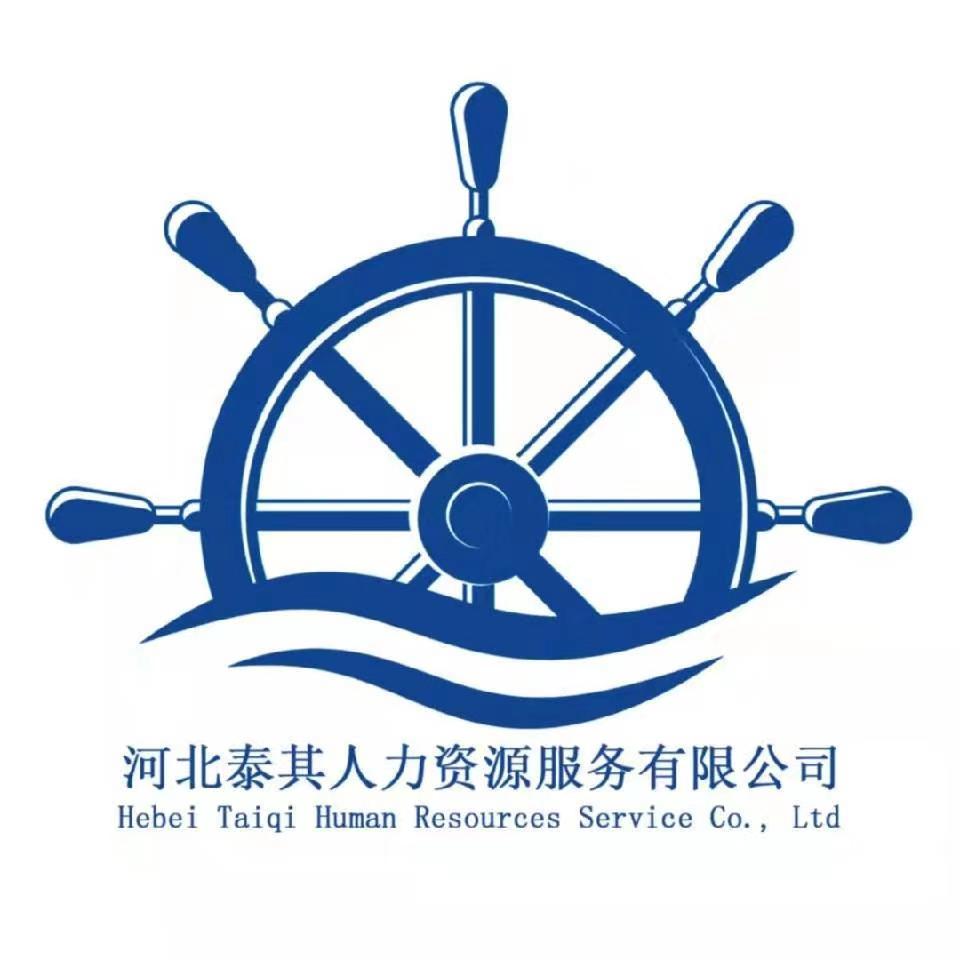超实用!船上实用口语2
31. What’s the matter with you? 你怎么啦? 32. I’m not feeling very well today. 今天我觉得身体不舒服。 33. I’ve got pains in my chest. 我胸腔感到疼痛。 34. Now undo your shirt and let me examine you. 我去把这药方配好。 35. I'll go and get the prescription made up. 我去把这药方配好。 36. Ships can be classified in several ways. 船舶可以好几种方式分类。 37. The size of ships is given in terms of length, beam, draft, and tonnage. 船舶大小是按照长度,最大宽度,吃水和吨位来表达。38. We have five different categories of merchant ships: freighters, container ship, bulk carriers, passenger ships, and coastal vessels. 商船分为五大类:货船,集装箱船,散货船,客轮和海岸船。 39. Container ships are larger and faster than freighters. 集装箱船比货船大,速度快。40. Today, many passenger ships are used as cruise ships. 今天,许多客轮被用作为油船。 41. By the way, how long will you be in Shanghai? 顺便问一问,你在上海呆多久? 42. I hope you’ll enjoy your stay in Shanghai. 我希望你在上海过得愉快。43. What do you think of the port of Shanghai? 你认为上海港如何? 44. Could you kindly tell me more about the port of Shanghai? 能否请你告诉我更多上海港的情况?45. I’ve got a fairly good idea of the port of Shanghai. 我对上海港有比较好的了解了。46. Let’s go through the quarantine formalities. 我们现在来办理检疫手续吧。 47. Here is the Maritime Declaration of Health.这是份航行健康申明书。 48. We’ve all been inoculated against typhus, cholera, plague and yellow fever.我们都进行了预防伤寒、霍乱、瘟疫和黄热病的注射。 49. Please let me have all the inoculation papers for inspection. 请你把预 防接种证件给我检查。 50. We are all in good health. 我们身体都健康。
船员帮
2023-06-07
 船员帮
船员帮
 船长
船长  大副
大副  三副
三副  水手
水手  轮机长
轮机长  大管
大管  三管
三管  机工
机工 
























